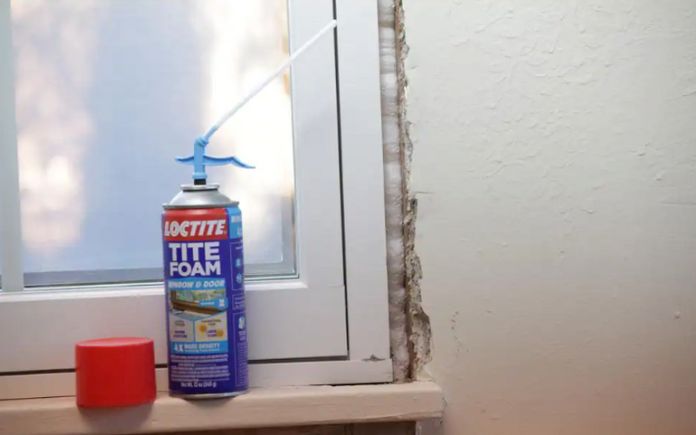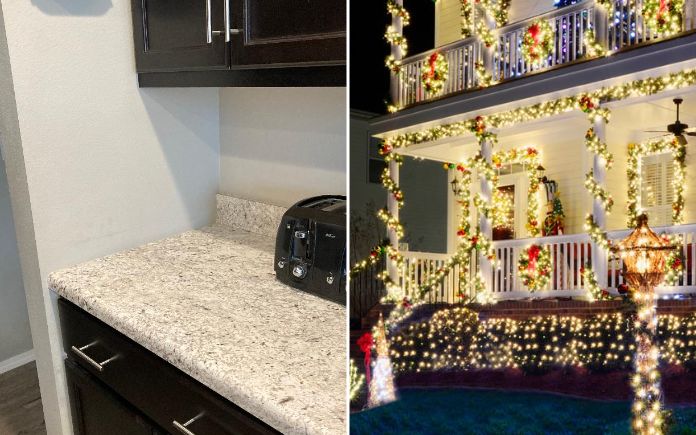Today’s Homeowner Radio Show Podcast | January 14, 2023
This week, learn why a glass cooktop can shatter and hear the easy way to remove acorns from your yard. (Adobe Stock/matzaball, Getty Images Signature) Hour 1 Hear how much money you can save by installing luxury vinyl tile yourself, what to do about thermal expansion gaps in crown molding and more. Save Big by … Read more







